Happy Thanksgiving! Remember to set your scales back 10 pounds this weekend.


Happy Thanksgiving! Remember to set your scales back 10 pounds this weekend.


First Lady of country. Queen of country music. Thank you Loretta Lynn for the music you shared with us.

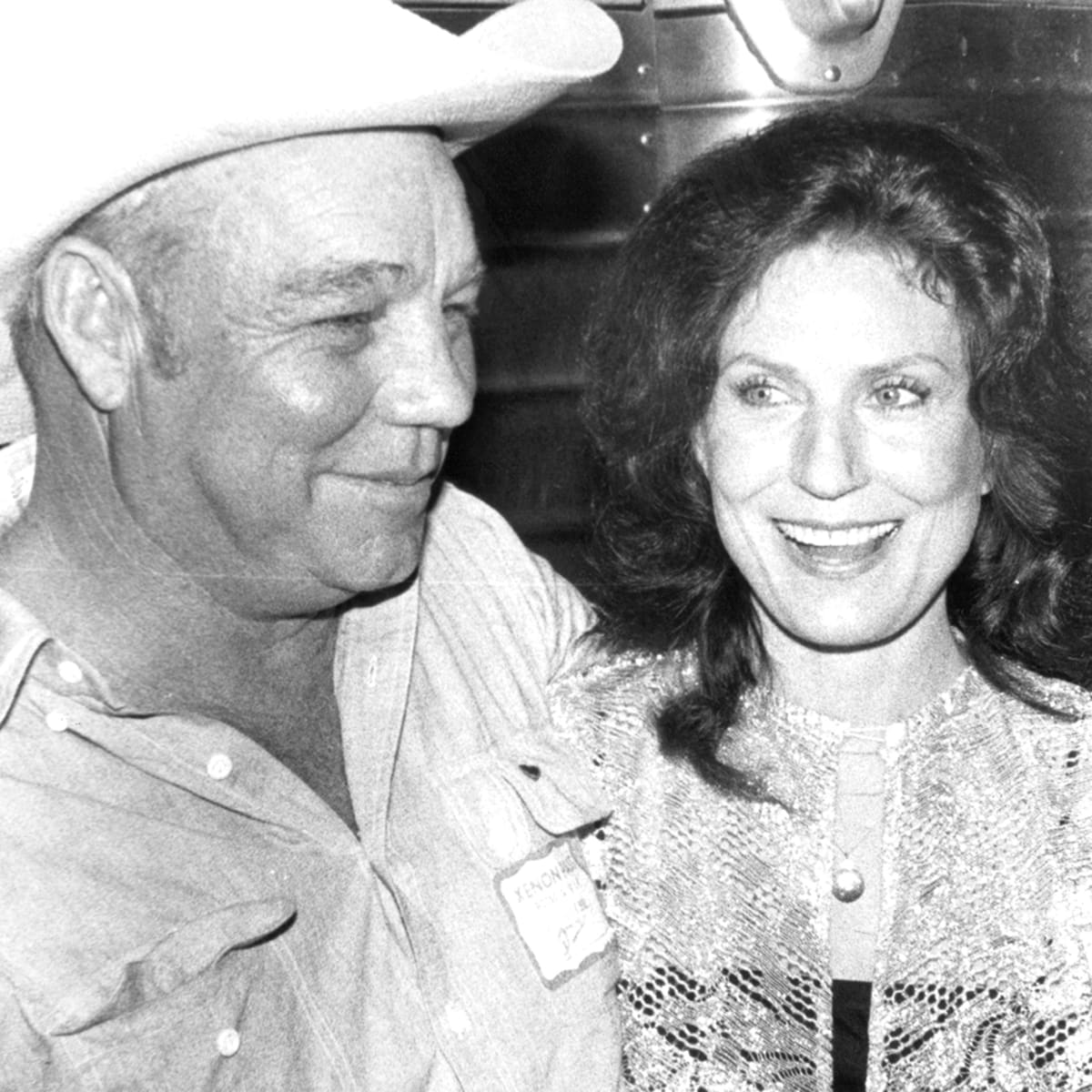


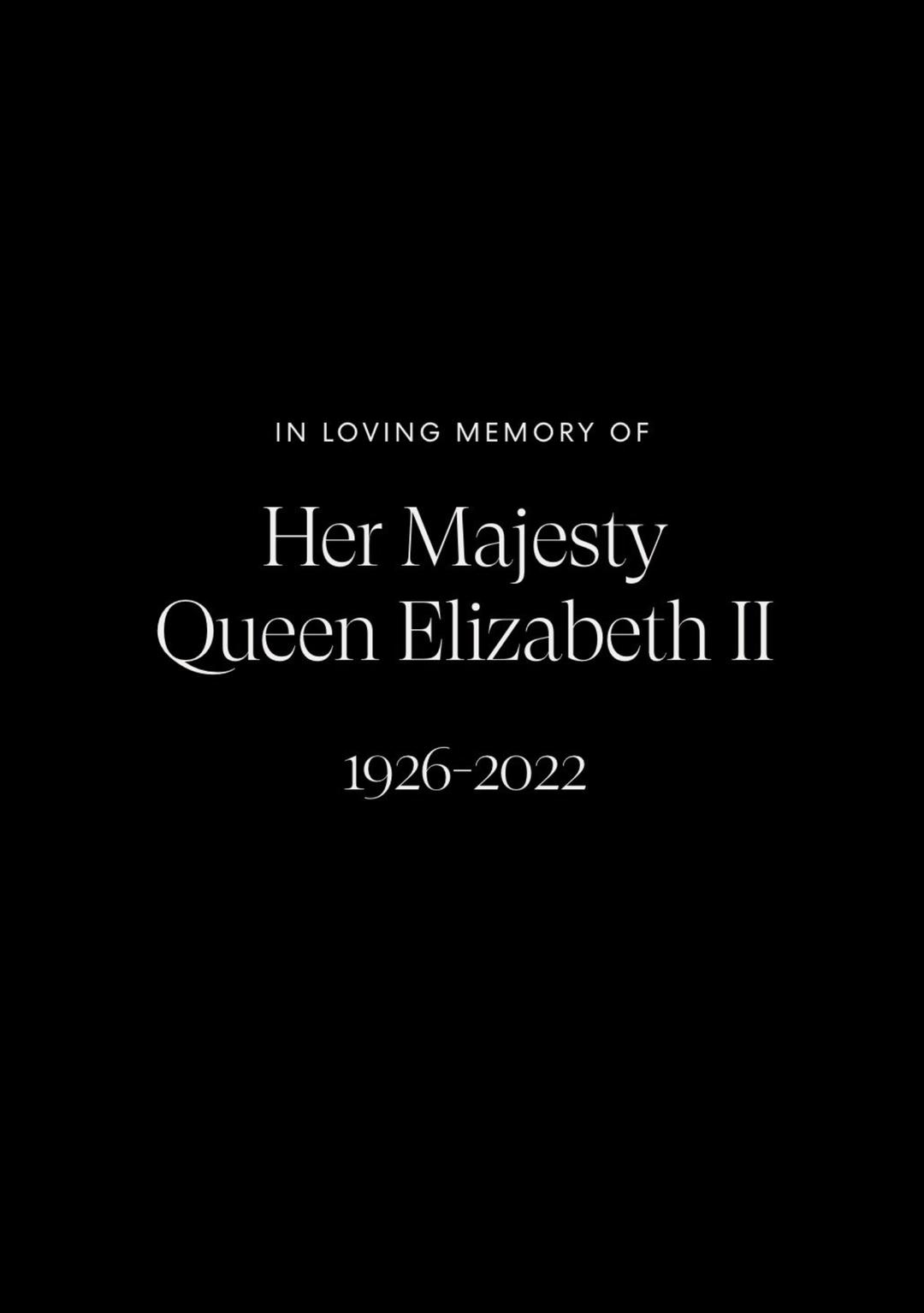
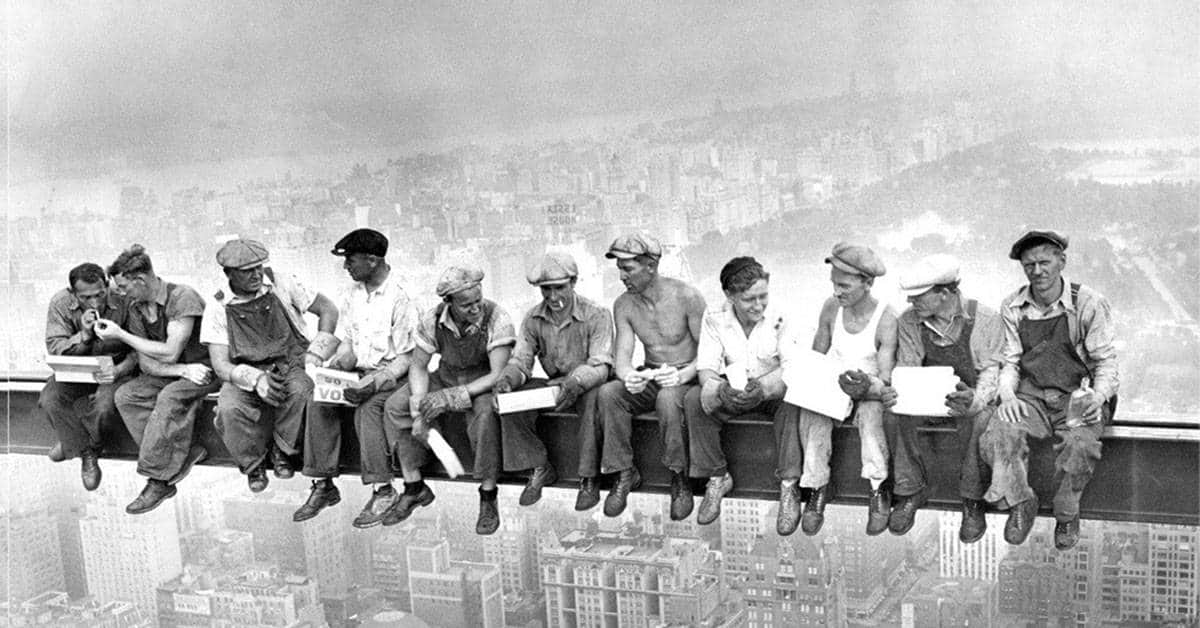
Labor Day 2022: Facts, Meaning & Founding – HISTORY
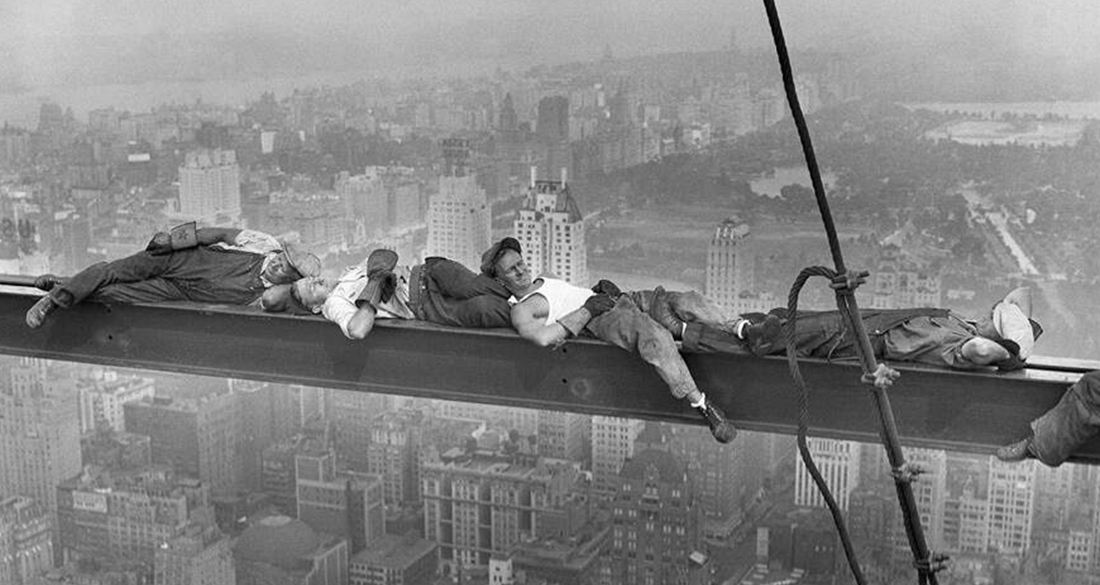
Why do they call it Labour day?
It originated in the first workers’ rallies of the Victorian era. Historically, workers marked the day with various activities. These included parades, speeches, games, amateur competitions and picnics. The holiday promoted working-class solidarity and belonging during a time of rapid industrialization.
It was created by the labor movement in the late 19th century and became a federal holiday in 1894.
Why can’t I wear white after Labor Day?

Wearing white represented that you could afford to get out of the city and vacation elsewhere when summer ended. Since Labor Day typically represents the end of summer, a ‘rule’ was established that you shouldn’t wear white after Labor Day if you didn’t have the money to take fall and winter vacations
Today, Labour Day marks the unofficial end to summer and the start of a new school year for children in Canada. It is a day of rest and, for unions and labour activists, a day to celebrate the accomplishments of the labour movement and the benefits of having a union at work

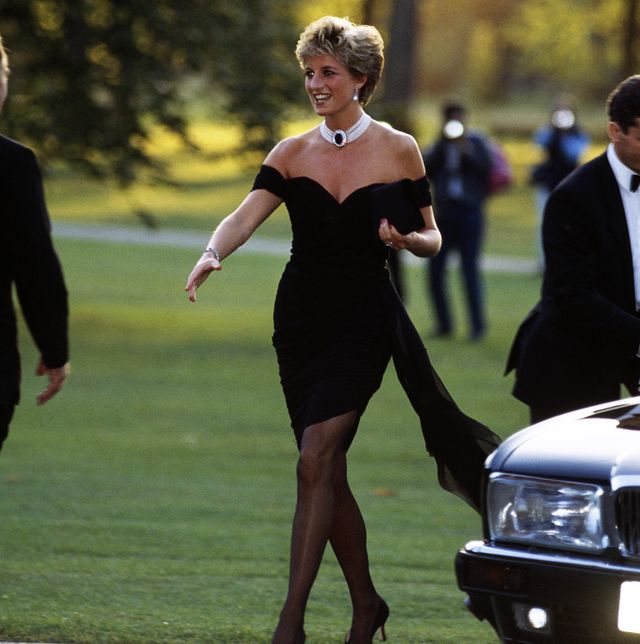
Remembering your beautiful spirit, smile, your giving soul, hard work and your timeless beauty. And of course your legacy. Your missed 25 years later.
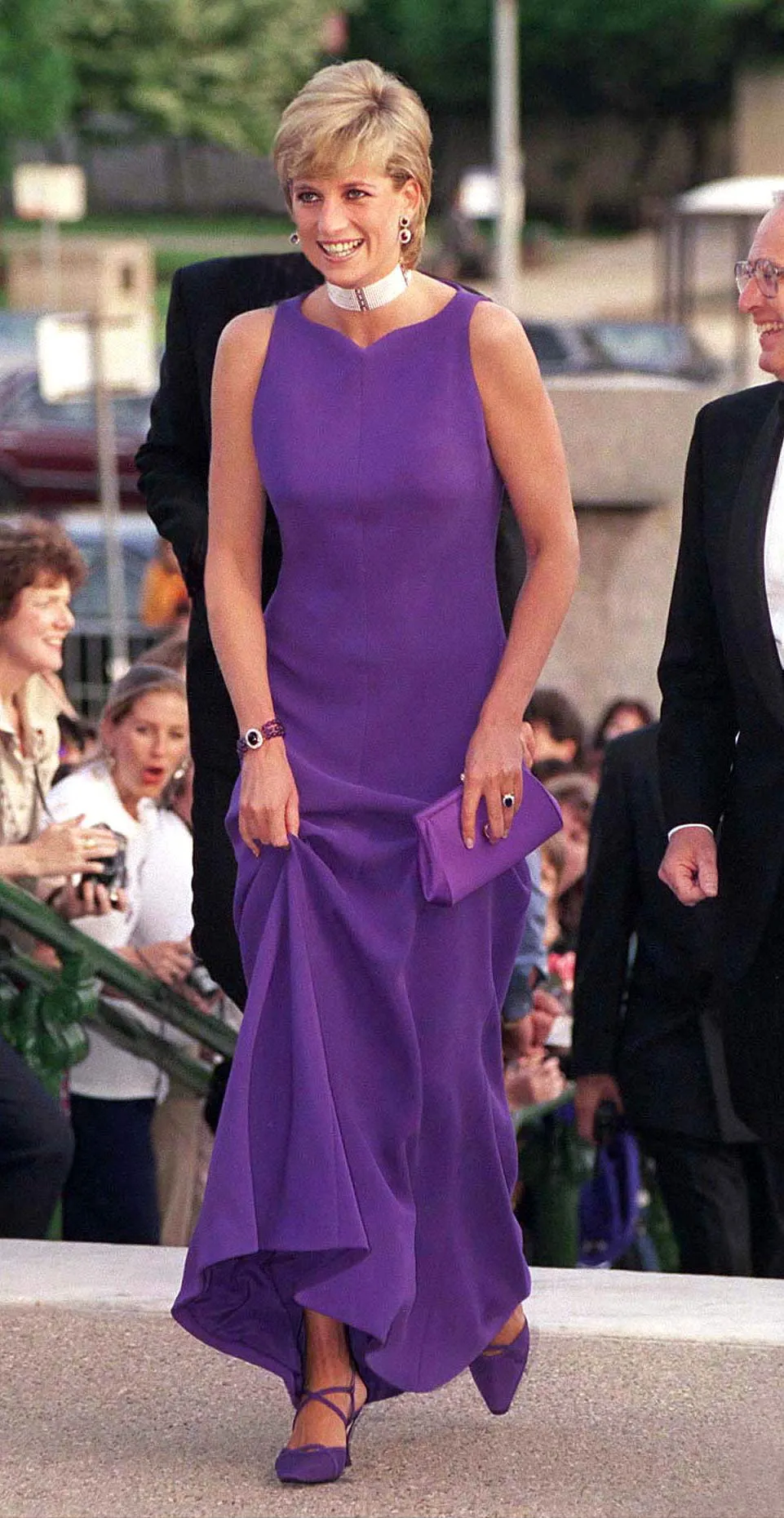

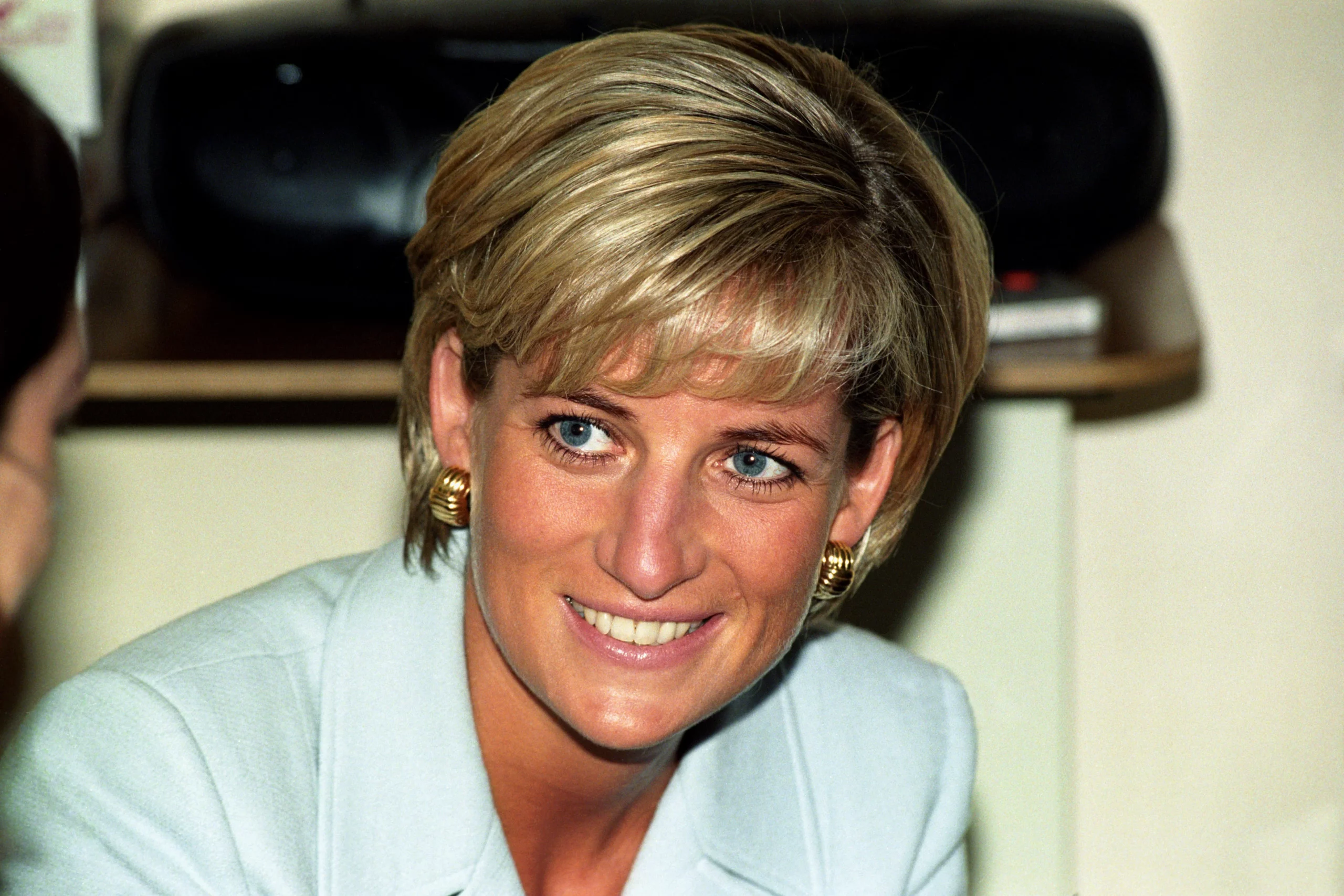


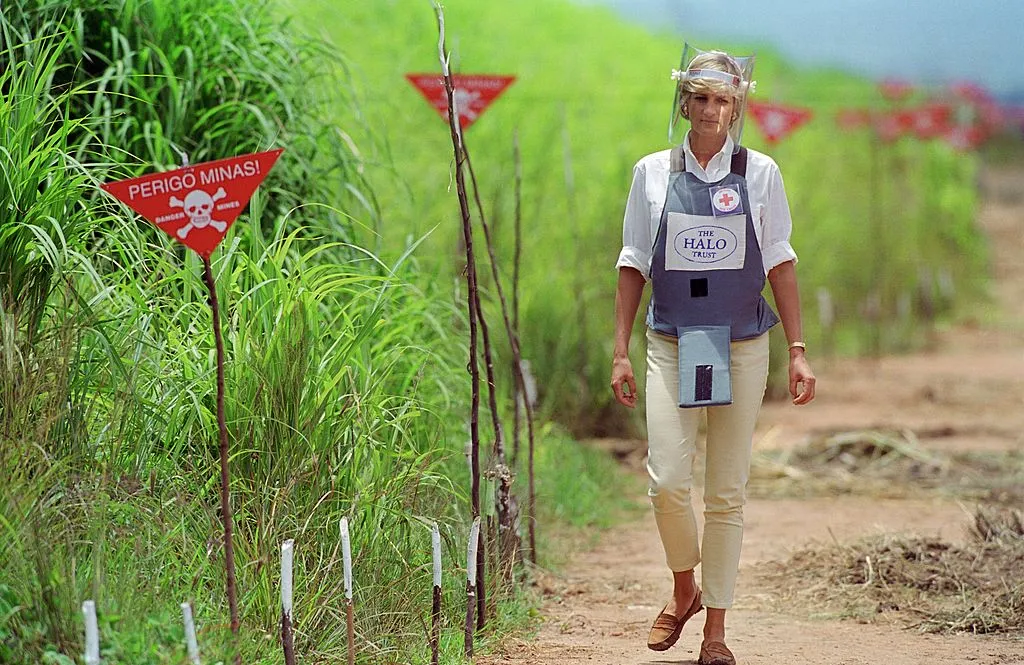

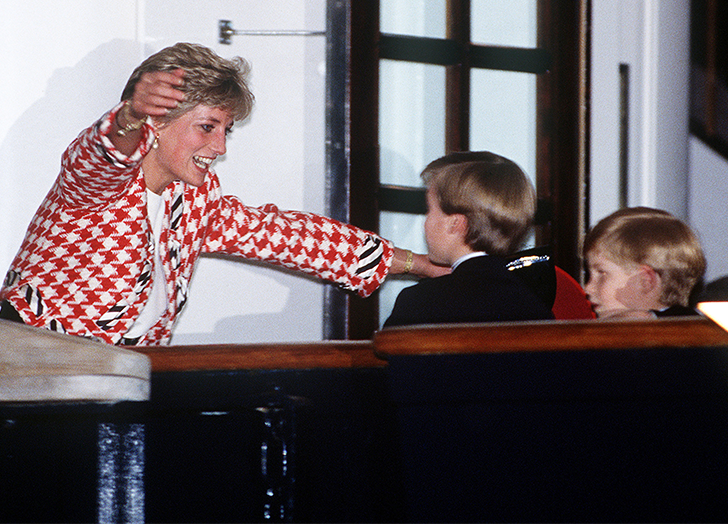



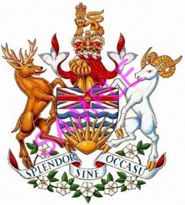
B.C.’s Coat of Arms was granted by Her Majesty Queen Elizabeth II on October 15, 1987. It’s an important element in our visual heritage and a symbol of our co-sovereign status as a province of Canada. Use of the Coat of Arms image is restricted under B.C. law.
Learn more about the history and use of B.C.’s Coat of Arms.
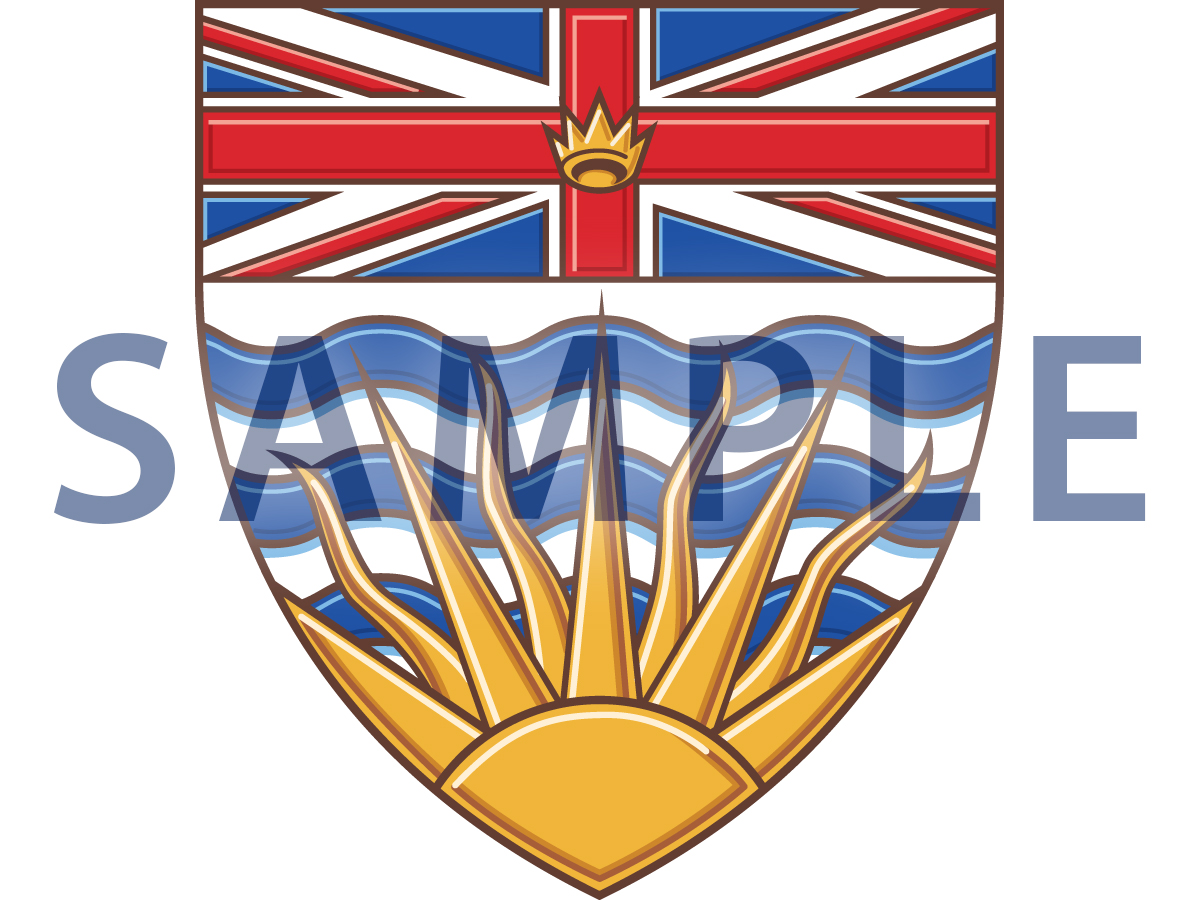
The central Arms, or Shield, within the Coat of Arms is reserved for use by the three branches of government (executive, legislative and judicial) as well as Crown advisory boards and tribunals. Independent authorities, statutory offices and self-regulating bodies constituted by and authorized to enact provincial legislation can also use the Shield of British Columbia.
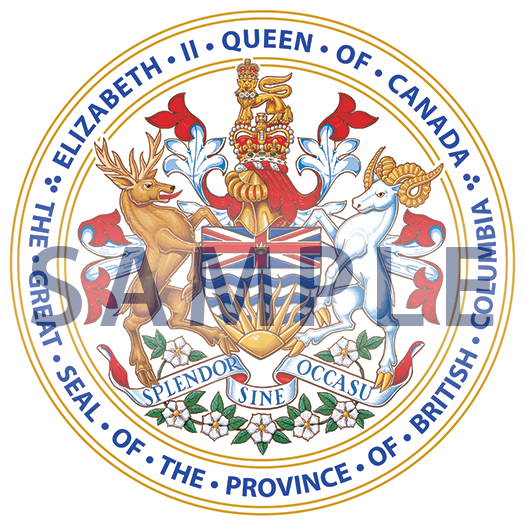
The Great Seal of British Columbia has both an administrative and ceremonial purpose. It is stamped, printed or engraved upon provincial government documents, certificates and proclamations issued by the three branches of government to authenticate them and make them official. Similar to the Great Seal of Canada, the Great Seal of British Columbia signifies the power and authority of the Crown flowing from the sovereign to our parliamentary government. The Great Seal should never be used to identify the province or government on any government publications, marketing materials, promotional items, advertising campaigns or websites.
Because the use of the Coat of Arms, Shield and the Great Seal are restricted by law, digital reproduction files are not available to download. Please direct requests to use these symbols to the Government of British Columbia’s Office of Protocol.
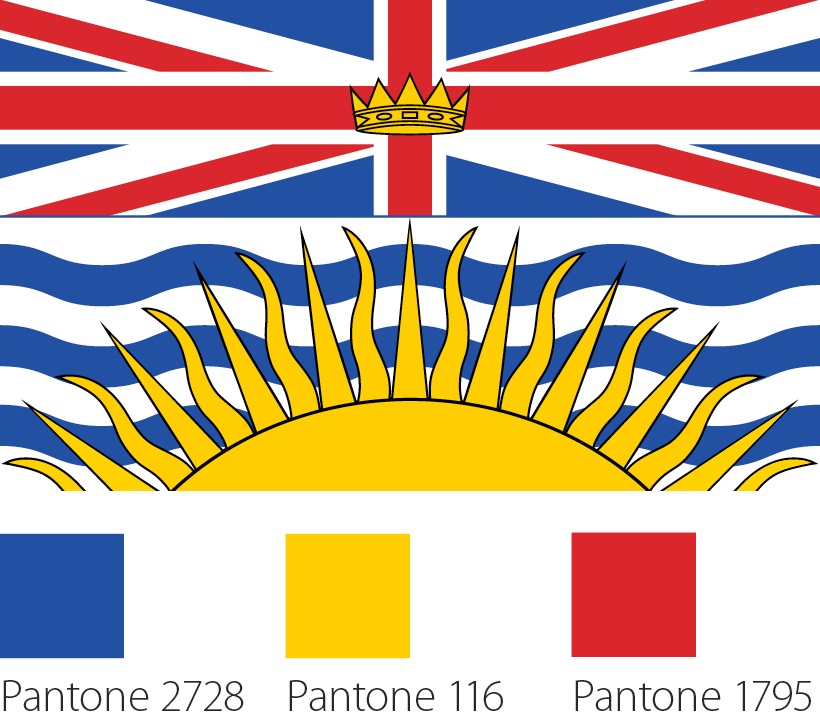
Adopted in 1960, the provincial flag duplicates the design of B.C.’s Shield of Arms, which is a component of B.C.’s Coat of Arms. The top of the flag depicts the Royal Union Flag, reflecting B.C.’s British heritage, with the King Edward crown in the centre representing the Royal Family. Below is a setting sun, representing B.C.’s position as Canada’s westernmost province.
The wavy white and blue lines symbolize B.C.’s location between the Pacific Ocean and the Rocky Mountains.
Any resident or corporation of British Columbia can proudly fly the province’s distinctive flag. The flag’s use is not governed by legislation but rather by convention and the dignity that should be afforded to all of the province’s symbols. Always fly the flag on its own mast. The flag may be flown both night and day. When displayed with the National Flag and a municipal flag, the National Flag should be centred with the flag of British Columbia on its left and the municipal flag on its right to an observer facing the flags. When flown at gatherings of the federation, the flags should be arranged in the order of the date each province or territory entered Confederation with the National Flag flown on the extreme left. The provincial flag should never be used as a tablecloth, carpet or seat cover, but instead be hung in a place of honour. When the flag is tattered or its colours faded, it should be retired in a dignified manner and replaced with a new provincial flag. See more information on flag protocol.
While the flag of British Columbia is protected by Crown copyright, digital artwork files are available to download. Please ensure these digital artwork files are always used as they are provided. This includes not altering the aspect ratio of the flag, using part of the flag or adjusting the image in any way. Questions can be directed to the Office of Protocol.
Download the British Columbi

The Steller’s Jay (Cyanacitta stelleri) became B.C.’s official bird on December 17, 1987. Coloured a vibrant blue and black, it’s found throughout the province. This lively, smart and cheeky bird was voted most popular bird by the people of B.C.
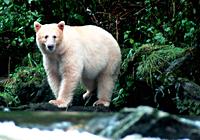
The Spirit Bear (also known as the Kermode Bear, Ursus americanus kermodei) was added to the list of B.C.’s official symbols in April 2006. The greatest concentration of Spirit Bears can be found on the Central Coast and North Coast of B.C. The Spirit Bear is not albino, but rather it is a black bear that has white fur due to a rare genetic trait.
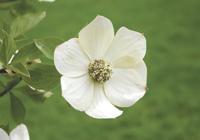
The Pacific dogwood (Cornus nuttallii) was adopted in 1956 as B.C.’s floral emblem. The Pacific Dogwood is a tree that grows six to eight metres high, and flowers in April and May. In the autumn, it’s known for its cluster of bright red berries and brilliant foliage.

The Pacific Salmon (Oncorhynchus) was added to the list of B.C.’s official symbols in February 2013. The Lieutenant Governor in Council may make regulations establishing a symbol to represent Pacific Salmon.
Pacific Salmon includes the following species:

Jade became B.C.’s official mineral emblem in 1968. Consisting mostly of nephrite, B.C. jade is prized by carvers of fine jewelry and sculptures. It’s mined in many parts of B.C.
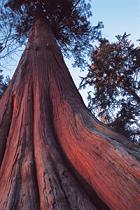
The Western Red Cedar (Thuja plicata donn) was adopted as the official tree of the province on February 18, 1988. Historically, the tree has played a key role in the lives of West Coast First Nations, and continues to be a valuable resource for the province.
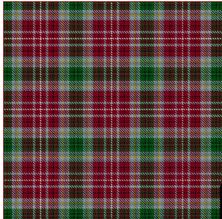
Image Source: The Scottish Registry of Tartans
Adopted in 1974, the provincial tartan has five colours, each with its own significance: